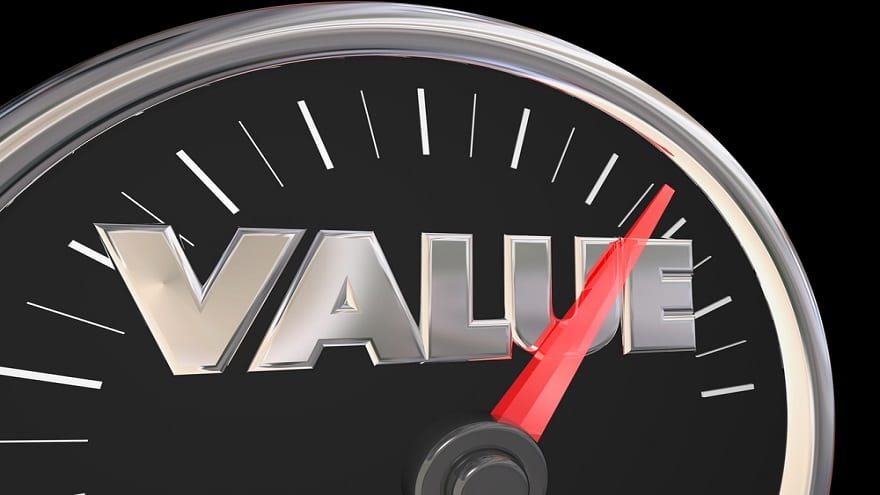How to Get The Best Deal on a Car

Car buying has changed dramatically. Not long ago, the route to a good deal on a car was simple. Find the manufacturer’s invoice price of a new car and offer enough above that to give the dealer a reasonable profit. For a better deal, wait to buy during the traditional sale season from November through February. That’s when the model year is closing it and sales traffic is slow. To really cut costs, buy a one- to two-year old car.
Not long ago, those simple steps resulted in thousands of dollars in savings.
The Internet and changes in the auto business require new strategies. Dealers and manufacturers learned a lot in the last decade, and dealers have a tremendous amount of detail stored in their computer systems. These days about 47% of a dealer’s profits are from service and other activities other than sales. Many dealers take that into account when deciding the bottom line on a car sale. If the buyer lives locally and is likely to use the dealer for service and other repeat business, that buyer will get a better price than someone the dealer believes isn’t likely to show up again.
One major change is that the manufacturer’s invoice doesn’t mean much any more. Dealers know that about 62% of buyers now go to the Internet first. They come to the dealership after getting the invoice price, option prices, and other details web sites such as those listed in the box on this page, and others.
Those consumers don’t know as much as they think they do. The invoice price doesn’t include what the auto industry calls the “hold back.” This is an amount the manufacturers pay to dealers for each car sold. The hold back can vary based on the amount of cars the dealer sells, the manufacturer, and whether or not a car is one the manufacturer wants pushed. The hold back can be up to 3% of the sale price.
There also are additional incentives manufacturers offer dealers from time to time, without telling customers or web sites. You can find at least some of these incentives on the web. The dealer, however, is likely to say that the information is wrong or out of date. In any case, the hold backs and additional incentives make it difficult for the potential buyer to know what the car costs a dealer and how much potential profit the dealer is working with. The dealer, however, can go to the Internet and learn exactly what information you have.
The Internet does make it easier for you to comparison shop. Several web sites allow you to specify the car you want. The information will be sent to local dealers who will contact you with their prices. You pick the deal you want and show up to sign the papers. (You might get the same result by faxing a spec sheet to different dealers.) The dealer pays the cost of the Internet service. You often can negotiate further with the lowest bidding dealer or use quotes from other dealers to get a better price from the dealer closest to you.
The Internet also makes shopping nationally easier, and that is important. A car that is a hot seller in one part of the country might be unloved elsewhere. Dealers in the area where the car is popular will hold prices firm or even add premiums. Dealers in other areas often are selling the same vehicle for hundreds or thousands of dollars less. Some dealers encourage buyers from outside their normal customer area through their own web sites. You might save money by flying to buy the new car and driving it home.
After deciding on the car you want, visit the manufacturer’s web site. It will steer you to dealers in whatever areas of the country you name. Then ask the dealers for price quotes and find where the good prices are.
The Internet also is a valuable way to buy a used car, and this is a great time to buy a used car. Many cars are coming off leases from the leasing boom of the late 1990s. In addition, new car incentives of 2000 and 2001 brought down used car prices. For the price of a standard new car you might be able to get a used luxury car for the same price. Even better, a number of manufacturers and dealers offer “certified” used cars with various warranties and other protections.
Web sites are available to help determine the value of a used car. Then you can search other web sites for used cars all over the country. Find the price you want to pay, then go get the car.
Here are some rules to consider when buying a car, whether it is new or used, in today’s changing market:
? Focus on the car you want. Before talking price with a dealer, decide on the exact car you want. Determine the make, model, year, and features. That way, you can get multiple price quotes that are easy to compare.
? Ask for quotes through web sites or by faxing a request for a price quote. This gives you a grasp on the market quickly and easily.
? Don’t forget to visit the manufacturer’s web site if you are looking for a new car. This can direct you to dealers in nearby cities. You also might want to check out large regional dealers and dealers in different parts of the country to see if the price of the car of your choice varies around the country.
? If you are looking for a used car, use the web sites that offer a national search service for used cars.
? After getting the quotes, go to or call the dealer and negotiate the old-fashioned way. (Some won’t negotiate on the phone.)
? If you are looking at a used car, decide if you want a certified car or not. Dealers generally give certified status to their best used cars and charge about $500-$2,000 more for them. Some car experts say that for cars more than three years old, certification is worth the cost. They say that for more recent cars and generally reliable models it is not. On a more recent model, the original warranty might cover everything the certification covers.
If you are going to have a car evaluated by a mechanic before buying, the certification might not be worth the cost. A good idea is to determine exactly what you are getting for the certification. The different certification programs can be compared at www.intellichoice.com.
? Get the vehicle identification number of a used car you are considering and check its history at carfax.com for $20.
? Before signing a deal, do the math yourself or insist on seeing the detailed feature list with prices for each item. A dealer who shows you only the price, loan term, interest rate, and monthly payment might have added an extended warranty and other features to the package.
Web Sites For Car Buyers
Price Shopping
autobytel.com
autotrader.com (used cars)
cars.com (used cars)
Invoice Prices
consumerreports.org
fightingchance.com
edmunds.com
kbb.com
Dealer Incentives
consumer reports.com
fightingchance.com
Prices Nationwide
Manufacturers’ web sites
Dealer’s web sites
edmunds.com
Used Car Values
kbb.com
edmunds.com
![]()





